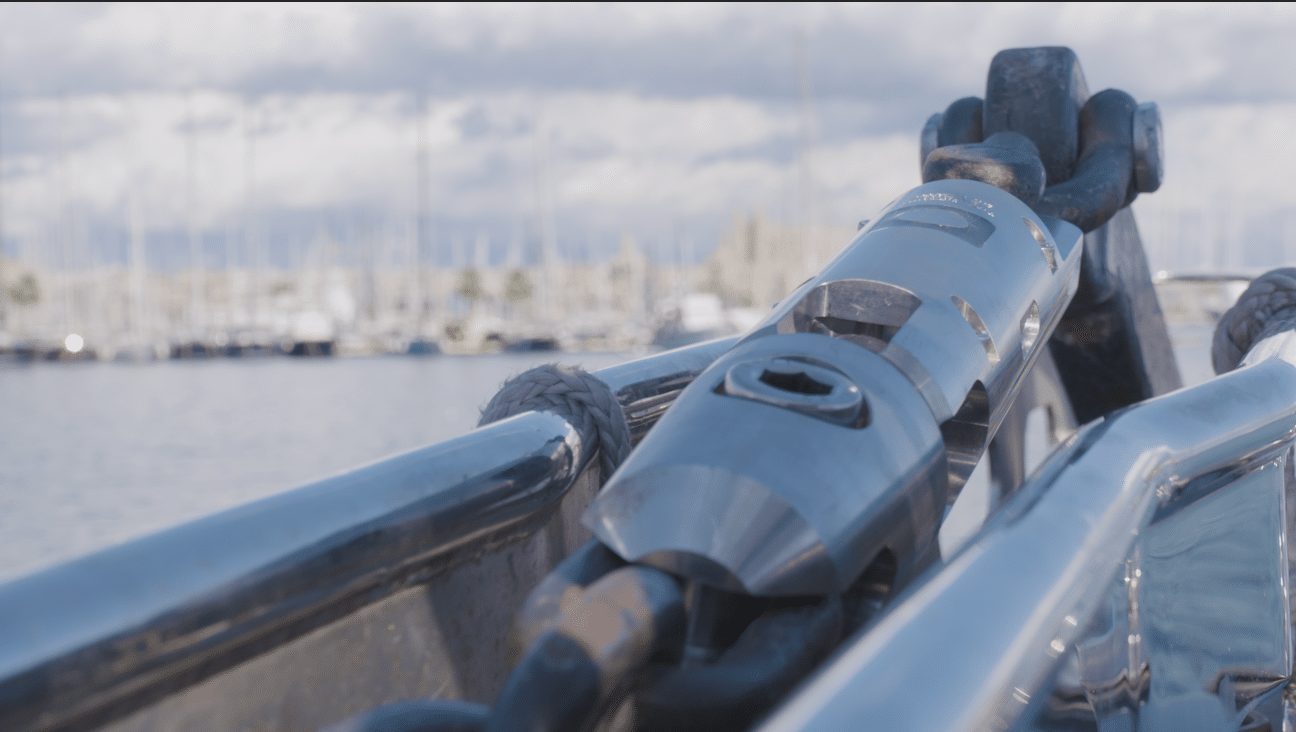No one said our path would be easy. As Stephan Nigg, one of our co-founders said, “If there is no uphill challenge, then the solution would either already exist or it simply wouldn’t be worth the effort.“ Setting up our first superyacht pilot was indeed a challenge. There was the omnipresent corona virus, operational restrictions we couldn’t control, broken or unreliable supply chains and deadlines which had to be postponed. But come September 2021, we were able to install our first pilot study under the tutelage of superyacht captain Luke Windle. This is what we learned from that experience.
First and foremost, you need to have the right people involved. Luke was patient, thoughtful and professional. He was unfazed when things didn’t always go as planned, provided regular feedback to our team and remained committed to the cause throughout the entire study.
The purpose of our pilot was relatively simple; to collect as much data as possible, validate the functionality of AnchorGuardian and get the users feedback. Together with Luke’s support, we were able to do just that and all data confirmed the algorithms and sensors were working well. Again Stephan Nigg, “it is incredibly gratifying when all flying parts come together and the data in the graphs reflect the calculations and the engineering made in advance. When it works as the team intended it to, that is a moment of celebration for all.”
Pilot Anchor Module

Overall, there were 13 functionalities included and tested in the pilot. This was real time data displayed on a user interface concerning depth, scope, dragging distance, velocity, chain angle etc. It enabled a better understanding for the captain and crew of “how well they had anchored” and “the detailed anchoring situation” (position of the anchor in the sediment, anchor chain lifted,…). This is all intelligence not yet existing today and meant to bring peace of mind to the captain and safety to the anchoring procedure. As Luke says, “…AnchorGuardian… offers not only that additional safety factor, but we will have a better understanding of what is happening at the anchor when we are anchoring. As a captain you tend to sleep with one eye open, but it would be nice when that is not quite so literal. “
One of the more exciting results from the pilot was when we discussed the graphical data with Luke to better understand certain outliers. At each point Luke was able to explain exactly what he had been doing, whether it was testing for anchor drag or conducting a specific anchoring manoeuvre, each time the activity was clearly visible in the data and even the extreme values made sense. As Thomas Frizlen, Founder of Swiss Ocean Tech said, “the analysis review with captain Luke confirmed the correctness of the measurements and the success of our AnchorGuardian solution”.
Finally, as a first superyacht pilot, it provided us with important learnings on how to further optimize AnchorGuardian. Moving forward, we are including all of these inputs into our pilot solution 2.0 which we plan to install on further superyachts this spring. The potential of AnchorGuardian as an early anchor dragging warning system keeping crew and passengers safe, preventing damage to vessels and minimising environmental impact has been proven.



